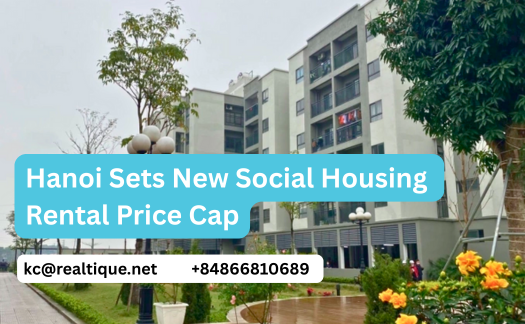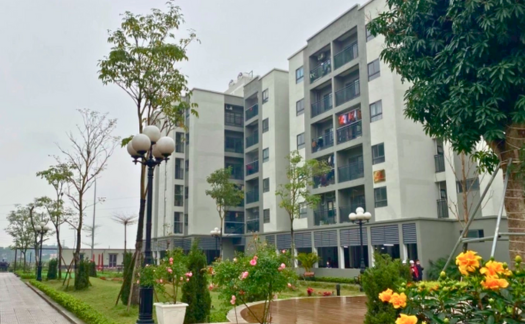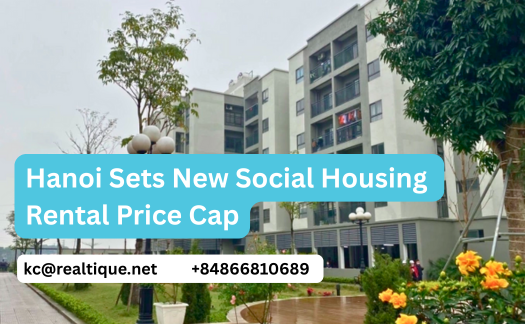Hanoi Sets New Social Housing Rental Price Cap
Hanoi announces a new rental price framework for social housing, with maximum rates reaching 198,000 VND/m² per month for high-rise buildings.
New Pricing Framework for Social Housing in Hanoi
On April 3, Vice Chairman of the Hanoi People’s Committee, Dương Đức Tuấn, signed Decision No. 27, officially enacting a new price framework for renting social housing units that are built without public investment or trade union financing. The framework will take effect on April 14, 2025.
The pricing applies to social housing projects developed independently from government capital sources, helping establish market-based yet affordable guidelines. It outlines minimum and maximum monthly rental rates per square meter, based on building height:
| Building Height | Minimum (VND/m²) | Maximum (VND/m²) |
|---|---|---|
| ≤ 10 floors | 48,000 | 96,000 |
| 11–20 floors | 55,000 | 110,000 |
| 21–30 floors | 75,000 | 150,000 |
| > 30 floors | 99,000 | 198,000 |
Monthly Cost for Renters in New Developments
According to Decree 100, social housing units can range from 25 m² to 70 m² in floor area. Based on the new framework, the maximum monthly rent for a 70 m² apartment in a high-rise over 30 floors could reach nearly 13.9 million VND, while a 25 m² apartment in a low-rise building may rent for as low as 1.2 million VND.
These rental rates exclude several additional costs, such as:
VAT (Value-Added Tax)
Maintenance fees
Building management services
Furnishings and home appliances
Fire and explosion insurance
Utility fees, internet, and communication services
Fees for the resident board or private service usage
Policy Impact and Scope
The new pricing framework serves as a reference point for social housing projects that:
Are developed without state budget or trade union funding
Benefit from regulatory housing incentives or tax support
However, it does not apply to:
Social housing designated for workers in industrial zones
Housing built with government capital for armed forces
Private rental agreements where tenants and landlords mutually decide the rent
This framework updates Decision No. 25 (dated November 5, 2019), under which investors were required to submit proposed rent or lease-purchase prices to the Department of Construction for approval. That process included evaluation by both the Department of Construction and the Department of Finance before final approval by the Hanoi People’s Committee.
Market Implications and Future Outlook
The newly approved price ceiling helps clarify and standardize social housing rentals across Hanoi. It reflects the city’s goal of encouraging the development of affordable urban housing, particularly in light of rising construction costs and housing demand.
Many housing experts welcome the move as a much-needed step to balance developer interests with affordability for low-income residents. However, some have noted that the upper limit (198,000 VND/m²) may still be considered high in the context of subsidized housing.
The Hanoi government is also exploring complementary measures to boost the supply of affordable housing, including:
Accelerating administrative procedures for project approvals
Prioritizing land allocation for social housing
Offering financial incentives to encourage private-sector participation
With the capital city targeting inclusive growth and urban sustainability, the social housing segment is expected to be a focal point in Hanoi’s development strategy for 2025 and beyond. By ensuring transparency and affordability in rental pricing, city officials aim to improve accessibility for Vietnam’s urban working population.
Ready to invest smartly in Vietnam’s real estate market?
📩 Reach out to Realtique for insider insights, expert guidance, and exclusive property deals tailored for international investors.








